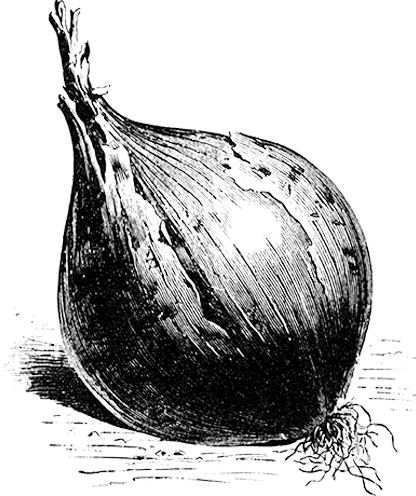Information
Has long slender, brown roots, 30-60 cm, and few bolters. The stems of the leaves are reddish and edible when young. The flesh is tasty and free of fibres. Takinogawa is one of the best and most cultivated sorts and is good to store in a cellar over the winter.
One portion contains about 100 seeds.
| Product number: | 4935 |
|---|---|
| Scientific name: | Arctium lappa |
| Botanic family: | The Sunflower Family - Asteraceae |
| Organic: | Yes |
| Days to maturity: | 120 |
| Lifespan: | Biannual, Perennial |
| F1 Hybrid: | No |
| New variety: | No |
| Sowing time: | April–June/October–November |
| Sowing depth: | 2 cm |
| Germination time: | 6–15 days |
| Plant spacing: | 30 cm |
| Row spacing: | 50–60 cm |
| Height: | 50 cm |
| Plant location: | Sun |
| Harvest/blooming: | September–November |
| Seeds/g: | 50 seeds |
| Heirloom variety: | Yes |
Cultivation advice
Sowing
The young stalks and leaves can be eaten as chard or spinach. The small roots, leaves and all, from thinning are delicacies. The deep roots must be dug up in autumn, cautiously, and stored in the same way as carrots. They can be allowed to winter outdoors and be harvested early the next year before beginning to bloom. If allowed to remain it becomes a large, decorative plant of violet thistle blossoms and prickly balls. The seeds in the balls can be germinated for sprouts, eaten raw or poached. Burdock is usually used peeled and boiled in many different dishes and preserves and on its own or with other vegetables.Spacing
-Harvest
-Seed
About 100 seeds/g, one portion sows about 5 m, 20 g for 100m.A portion contains about 100 seeds.
